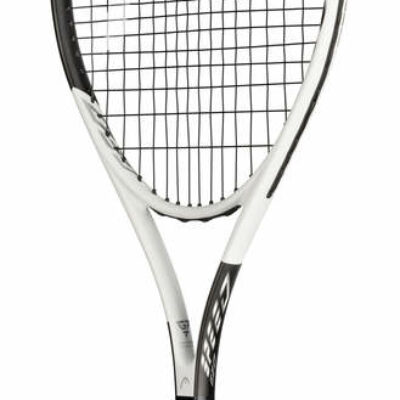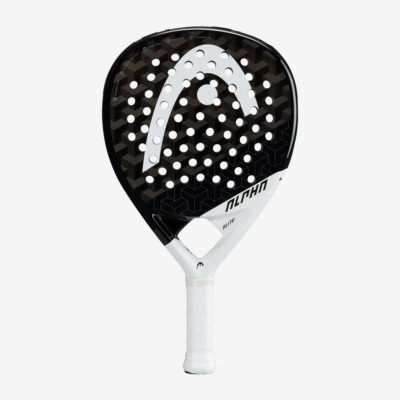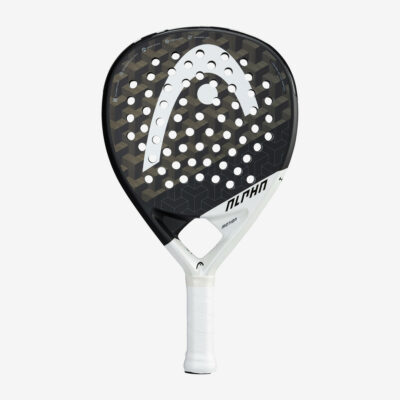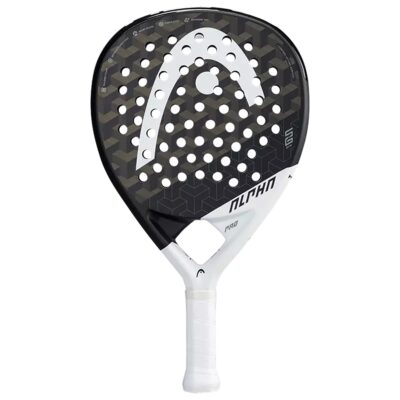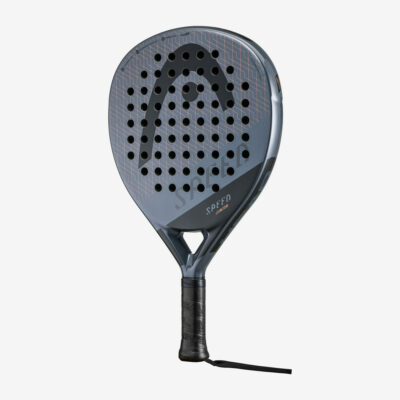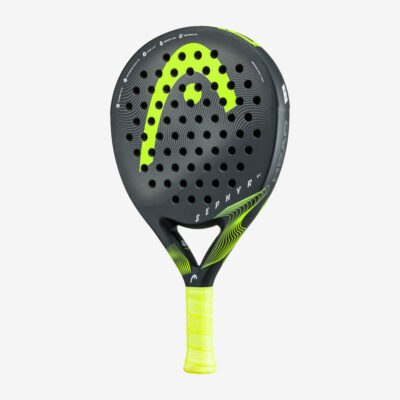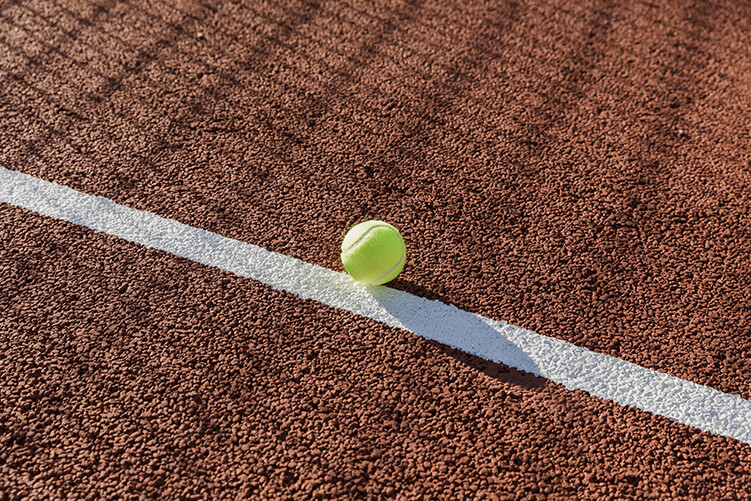
Racquetball and racketball may sound similar, but they are two distinct sports with intriguing differences that make each one unique. If you’re someone who loves to explore sporting excitement, it’s worth delving into the disparities between these two exhilarating games.
History and Origins
Racquetball and racketball have different origins, with racquetball being invented by an American fellow in 1949, while squash, the predecessor of racketball, was created by English schoolkids in 1830.
Racquetball, as we know it today, was invented by Joe Sobek, an American professional tennis and handball player. He wanted to create a fast-paced sport that could be played indoors, regardless of the weather. Sobek developed the rules and equipment for racquetball, including the racquet and the unique hollow rubber ball, which is larger and more bouncy than those used in squash.
Racketball, on the other hand, originated from squash. English school kids who played “Rackets,” an earlier version of the game, discovered that a punctured ball would “squash” on impact, making it harder to hit. This led to the development of racketball, which uses a larger, bouncier ball compared to racquetball.
While racquetball quickly gained popularity in North America, with courts scattered throughout many American and Canadian cities, racketball remained more popular in certain areas of Europe. The two sports have since evolved differently, with racquetball becoming a fast-paced, high-energy sport, while racketball is known for its slower pace and strategic gameplay.
Equipment and Court Differences
While both racquetball and racketball involve using a racquet or racket, there are notable differences in the design and dimensions of these instruments. In racquetball, players use a ‘racquet’ that can be up to 55.88 cm long with a tear-drop stringed area. On the other hand, squash utilizes a ‘racket’ with a longer length of up to 68.6 cm, although the stringed surface is narrower.
Another key difference lies in the balls used in each sport. Both racquetballs and squash balls are hollow and made of rubber, but racquetballs are larger, with a diameter that is 42% larger than squash balls, making them bouncier. Interestingly, squash owes its name to mischievous school kids who discovered that a punctured racket ball ‘squashes’ on impact, making it harder to hit.
The court size is also different for racquetball and racketball. Racquetball courts measure 12.19m x 6.10m x 6.10m (40 ft. x 20 ft. x 20 ft.) whereas squash courts are slightly smaller at 9.75m x 6.4 m x 5.64m (32 ft. x 21 ft. x 18.5 ft., rounded to the nearest tenth). The difference in court size can affect the strategy and gameplay in each sport.
How to Serve
The serving techniques in racquetball and racketball also differ. In squash, players are confined to a box on the court and must hit the ball into the opposite corner for it to be considered a qualified serve. In contrast, racquetball allows players to stand anywhere in the service box and hit the ball, but it must drop behind the service box without hitting the back wall first.
How to Win
The scoring systems in racquetball and racketball are distinct as well. In racquetball, players must have the serve to score, making the game longer. Each game is played to 15 points, with a tie-breaking third game played to 11 if necessary. In racketball, players score points from any rally, and the game is played to 11 points, with the winner of the match earning the best of five games. It’s worth noting that in both sports, players must win by a margin of two points.
Despite these differences, both racquetball and racketball offer thrilling sporting excitement, attracting a growing fan base around the world. Whether you prefer the fast-paced action of racquetball or the strategic finesse of racketball, there’s no denying the unique appeal of each sport.
Gameplay and Rules
The gameplay in racquetball and racketball varies, with each sport having its own set of rules and strategies that players must adhere to to succeed. Let’s explore the key differences in gameplay and rules between these two exciting sports.
Serving Techniques
In racquetball, players can serve from anywhere within the service box and must hit the ball so that it drops behind the service box without hitting the back wall first. This gives the server the advantage of initiating the rally and setting the tone for the game. On the other hand, in racketball, the server must stand in one of the service boxes and send the ball to the opposite corner of the court to qualify as a proper serve.
Scoring Systems
Scoring in racquetball is based on the need to have the serve to score. Each game is played to 15 points unless a tie-breaking third game is required, which is played to 11 points. A player needs to win by two points. In racketball, scoring is either to 11 points with point-per-rally scoring or to 9 points, where the server must hold the serve to score.
Winning Conditions
In racquetball, winning the match requires winning two out of three games. To win a game, a player must reach the predetermined number of points, while also winning by a margin of two points. For racketball, winning the match typically requires winning the best of five games, with each game played to the predetermined number of points and the same two-point margin of victory.
Overall, while both racquetball and racketball offer thrilling gameplay and strategic challenges, their differences in serving techniques, scoring systems, and winning conditions add unique elements to each sport. Whether you prefer the fast-paced nature of racquetball or the slower and more strategic gameplay of racketball, these sports provide exciting opportunities to showcase your skills on the court.
Popularity and Growth
Racquetball and racketball are gaining popularity worldwide, with racquetball being the fastest-growing sport in the UK and racketball garnering attention in various countries. Both sports offer a unique blend of fast-paced action and strategic gameplay, attracting players of all ages and skill levels. Racquetball, known for its exhilarating rallies and intense gameplay, has seen a surge in popularity in recent years. With its larger courts and faster ball speeds, racquetball provides an adrenaline-filled experience for players and spectators alike.
Additionally, the social aspect of playing racquetball or racketball, whether in a league or with friends, adds to the appeal of the sports, creating a sense of community and camaraderie among players.
Furthermore, the growth of racquetball and racketball can be attributed to the efforts of governing bodies and organizations that promote and support the sports. Through initiatives such as coaching programs, tournaments, and grassroots development, these organizations have helped raise awareness and participation in both sports, contributing to their increasing popularity.
In Conclusion
Racquetball and racketball may share similarities in name, but they are distinct sports with their own set of rules, equipment, and gameplay. Racquetball was invented by an American in 1949, while squash, the predecessor of racketball, was invented by English schoolkids in 1830. The equipment used in each sport also differs, with racquetball using a longer racquet and larger ball compared to the narrower racket and smaller ball used in racketball.
Whether you prefer the speed and intensity of racquetball or the strategic finesse of racketball, both sports offer unique opportunities for physical activity, competition, and fun. So grab your racquet or racket, hit the court, and discover the thrill of racquet-based sports!

